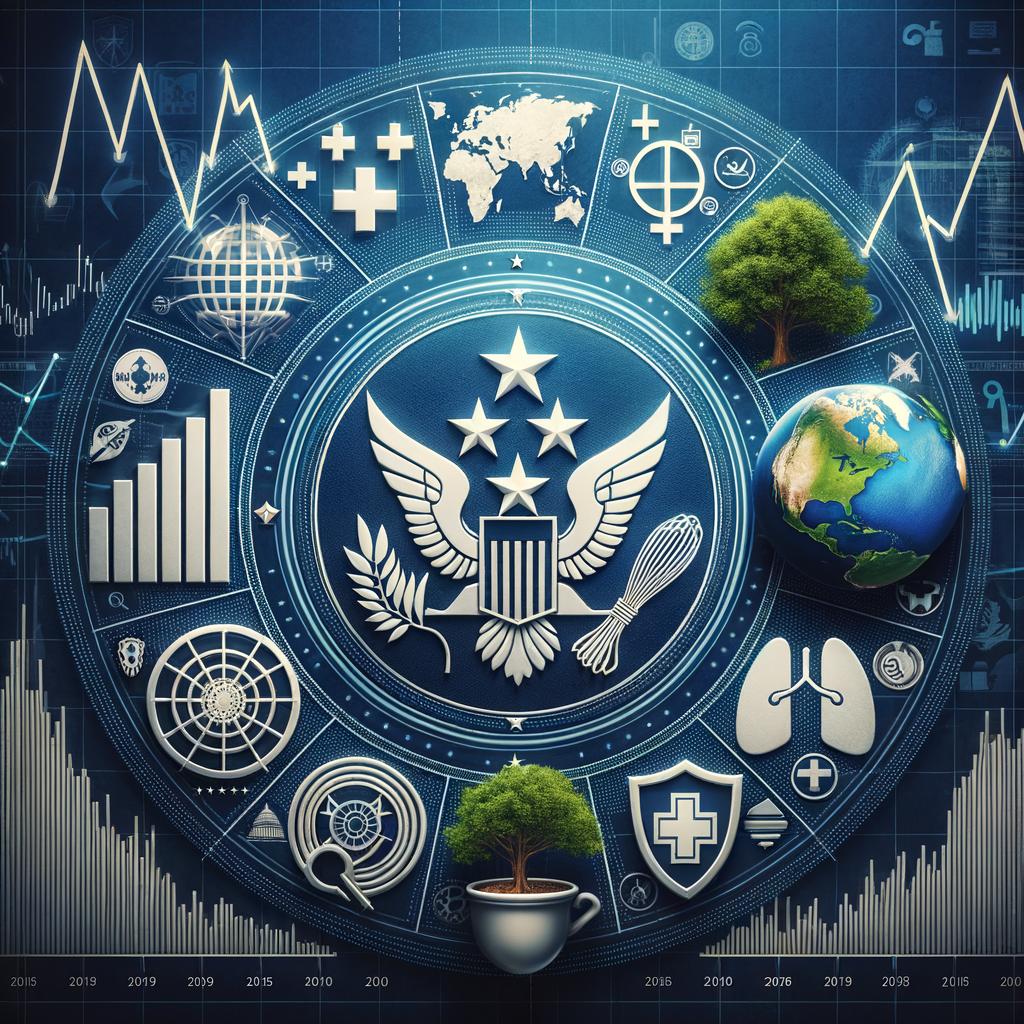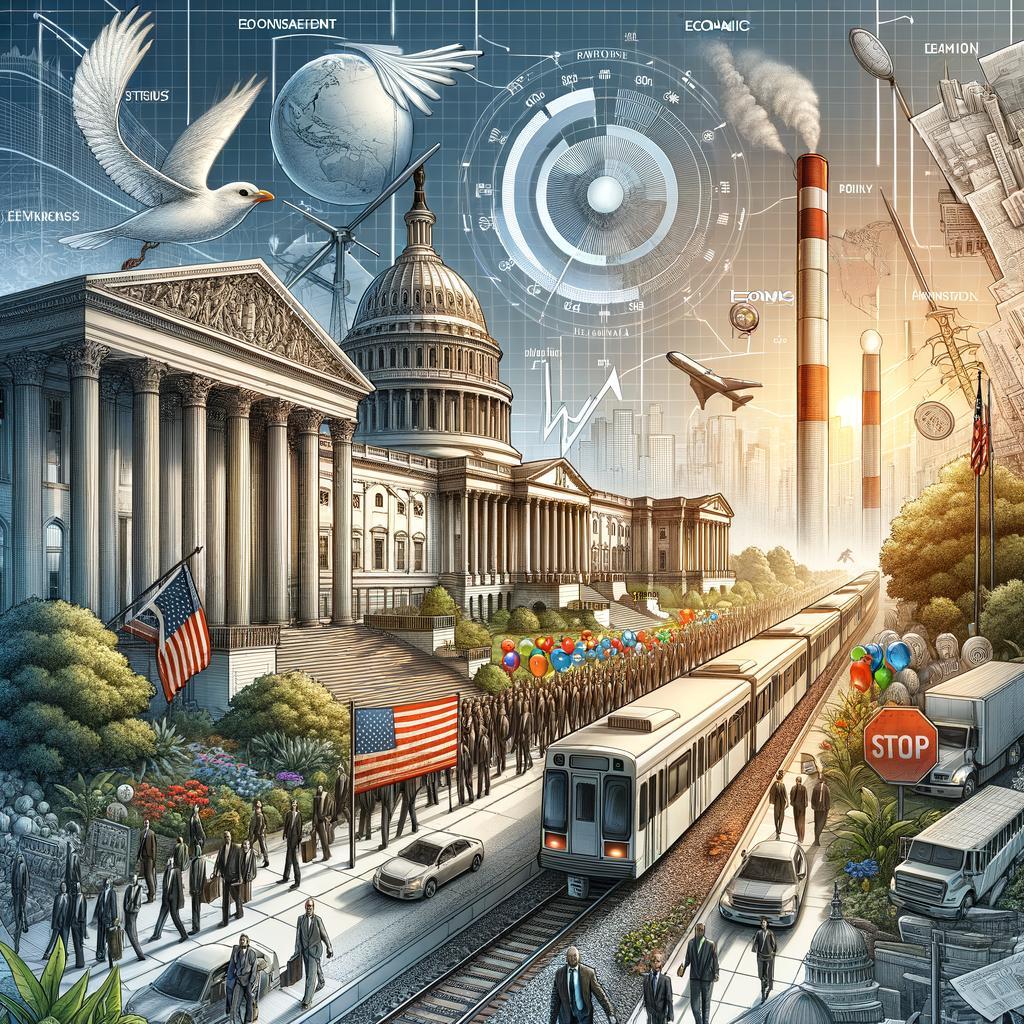Title: Analyzing the Impacts of the Biden Administration’s Policies: A Comprehensive Overview
As the Biden administration marks its time in office, the landscape of American policy is undergoing significant transformation. From economic recovery measures to climate initiatives, social reforms, and healthcare changes, the decisions made within these two years are set to shape the nation for generations to come. Understanding these impacts is not just for political analysts or policymakers; it is crucial for every American citizen who feels the ripple effects of these policies in their daily lives. In this article, we will delve into the multifaceted implications of the Biden administration’s approach, examining how these policies influence economic growth, social equity, environmental sustainability, and global standing. By providing a well-rounded analysis, we aim to illuminate the broader narrative of America during this pivotal era and encourage informed discussions about the future of our nation. Join us as we unpack the complexities and consequences of the current administration’s choices — a dialogue that will resonate far beyond the halls of Washington, D.C.
The economic growth and employment landscape under the Biden administration have been shaped significantly by policies aimed at recovery from the pandemic while also addressing long-term sustainability. Critics argue that certain moves, such as the aggressive push for a green economy and large-scale infrastructure spending, may hinder the short-term job market recoveries that many families urgently need. Key points of concern include:
- Regulatory Burdens: Increased regulations on traditional energy sectors could lead to job losses in established industries.
- Inflationary Pressures: Programs designed to stimulate growth often come with inflationary consequences that disproportionately affect low and fixed-income workers.
- Job Creation in Green Sectors: While the push for renewable energy sources aims to create new jobs, the transition may not immediately fill the void left by jobs lost in fossil fuels.
On the flip side, proponents of the administration’s policies highlight the potential for a more sustainable economy that could create resilient job markets for future generations. Enhanced investment in green technologies and infrastructure, they argue, will place the United States at the forefront of global sustainability efforts. Notable aspects of this vision include:
- Investment in Renewable Energy: Significant federal funding could accelerate job growth in sectors like solar and wind energy.
- Infrastructural Improvement: Planned upgrades to America’s roads, bridges, and transit systems promise to provide immediate job opportunities.
- Long-term Economic Resilience: Policies aimed at sustainability could mitigate the risks posed by climate change, which some economists now consider a financial threat.
| Policy Focus | Short-term Impact | Long-term Impact |
|---|---|---|
| Green Energy Investment | Job transition challenges | Increased job creation in sustainable sectors |
| Infrastructure Spending | Immediate job opportunities | Long-term economic efficiency |
| Regulatory Revisions | Possible job losses in traditional sectors | Stronger environmental protections |
In Summary
the policies enacted by the Biden administration have far-reaching implications that extend beyond mere political discourse; they shape the very fabric of American society. From economic recovery initiatives and healthcare reforms to climate action and social justice, these policies aim to address longstanding issues while fostering a more equitable future. As we analyze the impacts of these initiatives, it becomes clear that informed engagement and open dialogue are essential as citizens navigate the complex landscape of policy outcomes. It’s not just a matter of observing change—it’s about participating in it. We encourage readers to remain active in discussing and understanding these policies, recognizing that every voice matters in this pivotal moment of our nation’s journey. Collective action can drive accountability, influence future decisions, and help ensure that the aspirations foundational to these policies are realized for all Americans. Therefore, let’s continue this important conversation, advocate for progress, and hold our leaders accountable as we work together toward a brighter future.


